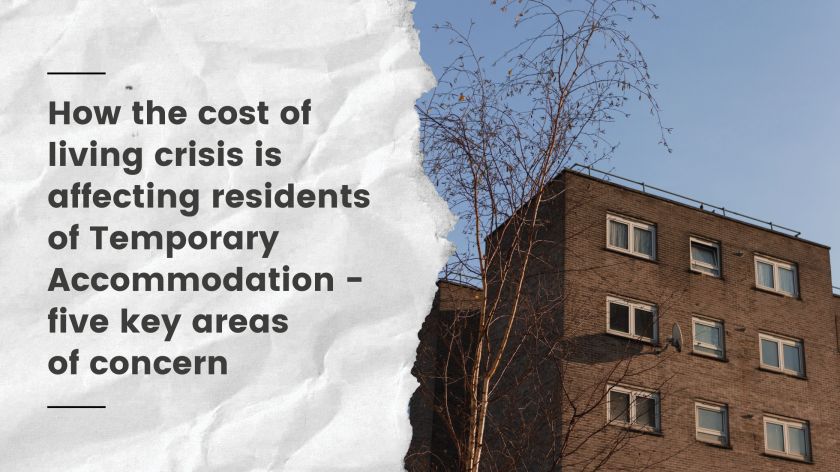As Chancellor Jeremy Hunt is laying out his autumn statement, pundits and journalists are busy digesting the news and offering analysis of what it will mean for ordinary citizens. Few, however, consider how the cost of living crisis impacts households living in Temporary Accommodation (TA). We set out five key areas of concern below.







